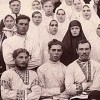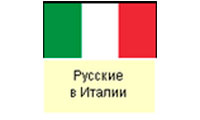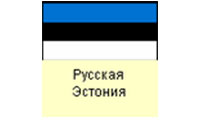Latvia Becomes a Home for Russian Old Believers
The 17th Century was fateful in the history of the Russian Orthodox Church. On the initiative of Tsar Alexey Mikhailovich and the Patriarch Nikon a reform of the church was begun, which essentially brought about a revision of prayer-books and rites based on Byzantine models, which was supposed to promote the unification of the Orthodox world. It was now necessary to make the sign of the cross with three fingers instead of two, religious processions started to be made towards the sun and not away from it, the spelling of the name Christ was changed, etc. Part of the clergy and the congregation, however, did not support the reforms. >>
The Ostsee Times and Old-Believers
At the end of the 18th and in the first half of the 19th Centuries the lands of present-day Latvia and Estonia were known as the Ostsee area. The origin of this term is German. The ruling powers there were German nobles and merchants. Despite the Ostsee being part of the Russian Empire, Russian legislation was not in force in these Baltic provinces. The official language in the region was German. It was possible to achieve a full education in German only. The Russian Orthodox minority chiefly made up of small tradesmen and workers were not engaged in any independent social activities. It was not uncommon for a few wealthy Orthodox merchants to adopt German culture and send their children to German schools. >>
Old Believers in Independent Latvia
With the foundation of an independent Latvian state in 1918 a new stage in the life of the Old Believers began. In November 1920 the first convention of Old Believers in Latvia was called, at which the Central Committee for the Affairs of Old Believers in Latvia was set up, and the basic principals of the organisation were determined, as well as the activities of the Old Belief communities. >>
Latvian Old-beliviers in the soviet time
Soviet laws and also restructurings in the economy and society led to a gradual diminishing of the number of practising Old Believers and the closure of prayer-houses, especially in rural locations. Thorough collectivisation, which had destroyed the earlier way of life, and migration from rural areas led to the ruin of traditional Old Believer communities. The number of communities was reduced by a third during the years of Soviet rule, their activities being limited to religious matters. >>














